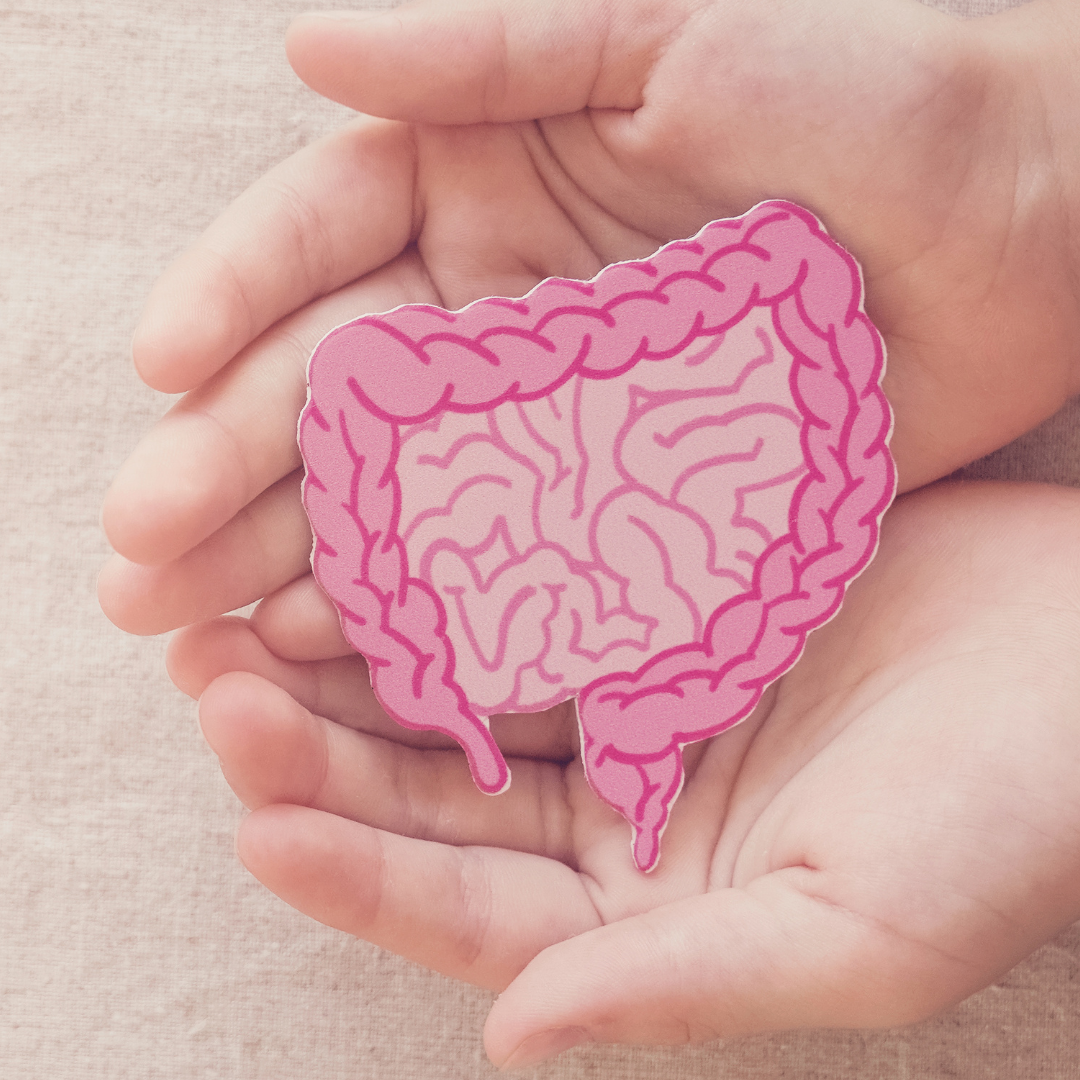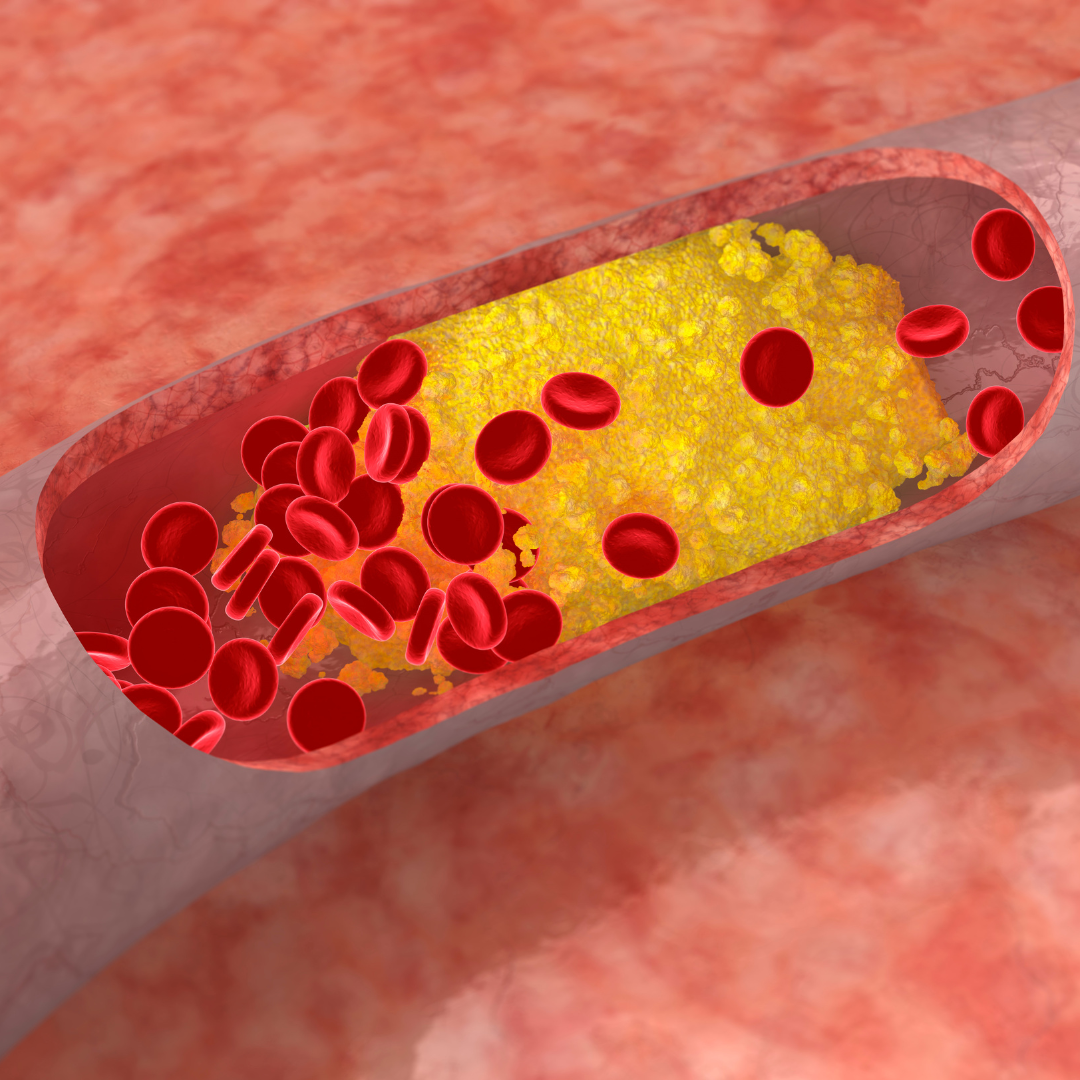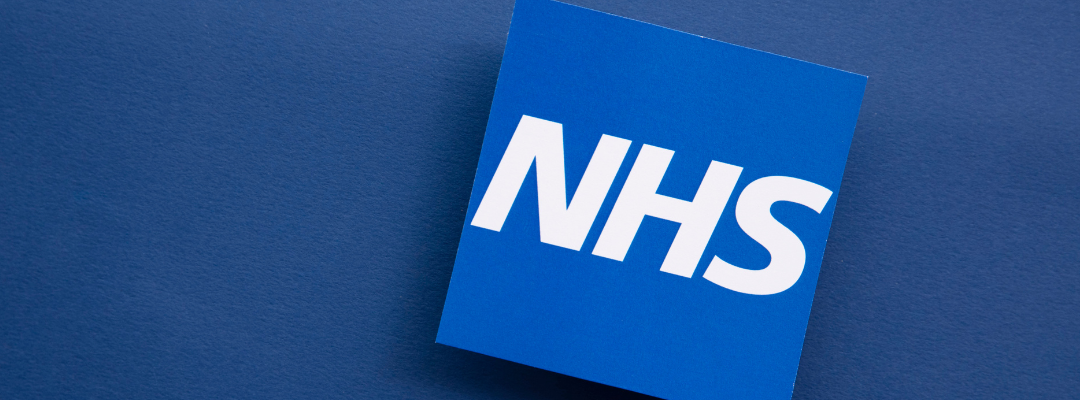
A Brief Introduction to The Gut Microbiota
The gut ‘microbiome’ and ‘microbiota’ are words that you have likely heard being thrown around in recent years. But what do they mean? ‘Gut microbiota’ refers to all the microorganisms (or microbes) in our gut: e.g., ‘Lactobacillus’ and ‘Bifidobacterium’. The ‘microbiome’ refers to the genes of these microorganisms.
We each have over 100 trillion microbes in our gut. Gut microbiota differs from person to person, it is unique to every individual (even twins!). The average person’s gut microbiota weighs 200g… which is roughly the same weight as a Cadbury’s bar!
We receive our first microbes at birth. A new-born baby is exposed to these through either the vaginal canal or their mother’s skin (if delivered via caesarean). As babies grow, they are constantly coming into contact with different microbes from people, pets, plants, water and food. Some of these microbes will survive the human digestive system and “set up camp” in our guts to form our own individual microbiota.
It may be difficult to picture all of these microbes living inside of us. Try to imagine the gut microbiota as a garden. Some people have lots of different plants and flowers growing, whereas some simply have a neatly trimmed lawn. The first is far more diverse and, in the case of our gut microbiota, is likely to provide more health benefits. Diversity is one of the key measures of someone’s gut health.
These microorganisms’ existence provides many positive effects on our health. They aid the production of vitamins, regulate hormones, support the immune system and benefit our bodies in many more ways. You may have also heard about the Gut-Brain-Axis. Interestingly, our microbiota is strongly believed to influence mental health as well as our physical. More than 90% of our serotonin (the “happy” hormone) is located in the gut!
So, what can we do to promote diversity in our own gut microbiota? Diet plays a key role in helping to keep our microbiota happy and healthy. Diet is the dominant fuel for the microbiota; your microbes are what you eat. Your trillions of microbes love to feed on ‘prebiotic’ foods (special fibres from plants). Great examples of prebiotics are artichokes, garlic, onions, chicory and legumes but there are many more.
Several non-food related factors also affect your microbiota. As well as the way you were born, medicines (e.g. antibiotics), exercise and alcohol can also contribute. Regular exercise has been found to increase your microbiota’s diversity.
Prebiotics can easily be confused with probiotics so let’s look at their differences. Probiotics are beneficial “good” bacteria. Probiotics can be found in foods such as kefir, kombucha and kimchi. Some people choose to take probiotics in a capsule form. Prebiotics are what feed your gut microbes to keep them going. Imagine probiotics as the seed for a flower and prebiotics as the fertiliser that helps them to grow.
The gut microbiota is an important and interesting area of human health. More research is needed, but for now, focusing on a diet rich in prebiotics, probiotics and taking up regular exercise should allow our own garden of microbes to thrive.
References
- https://thegutstuff.com
- https://gutscharity.org.uk
- https://www.ncbi.nlm.nih.gov/books/NBK562894/
- https://www.hsph.harvard.edu/nutritionsource/microbiome/
- https://www.mdpi.com/2072-6643/8/1/56/htm?source=post_page
Find more blogs like this:
www.harleystathome.com | Instagram @harleystreetathomemenopause
Facebook: Search Harley Street at Home: Diagnosis, Symptoms & Treatments or Harley St at Home: Lifestyle, Self-Care and Lifestyle to join our private community



